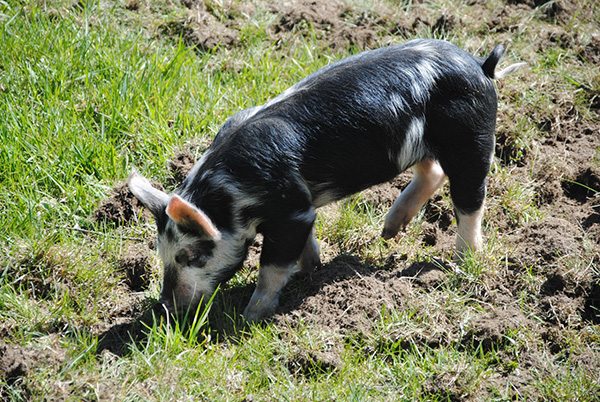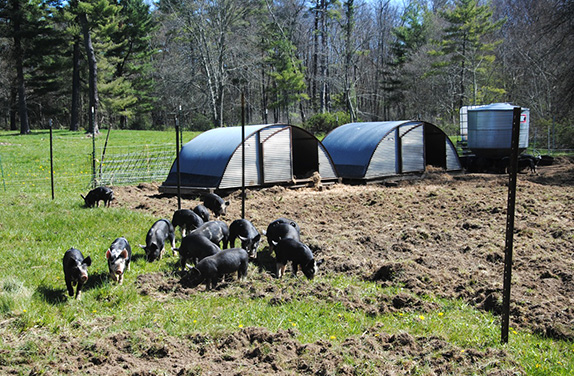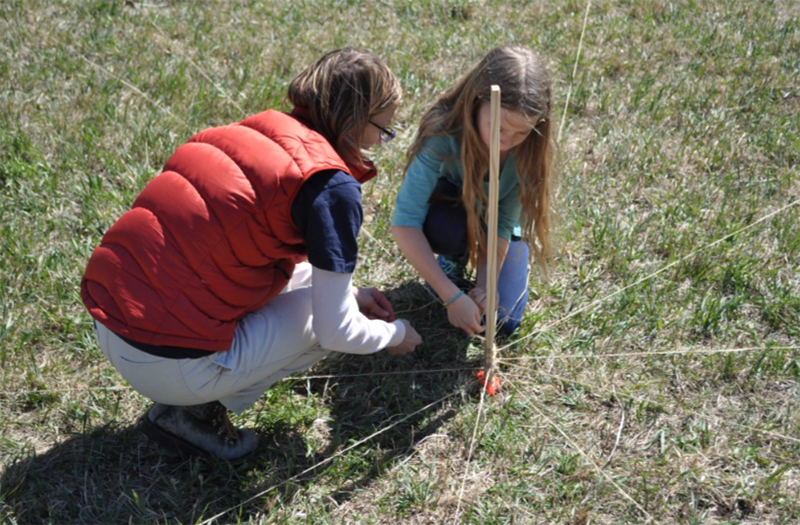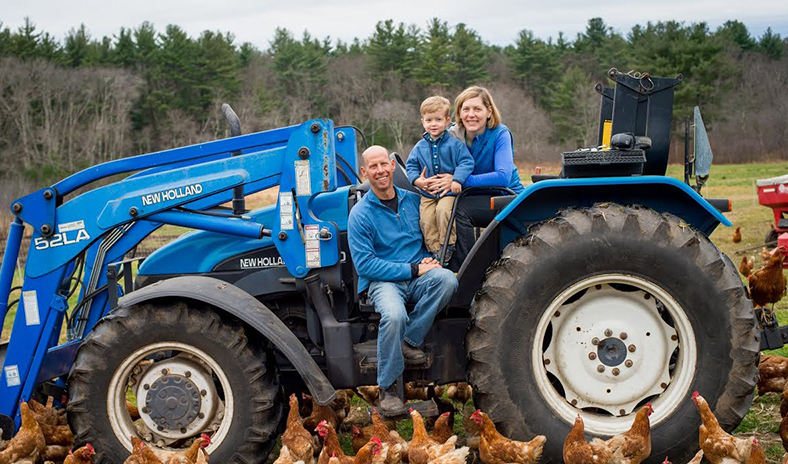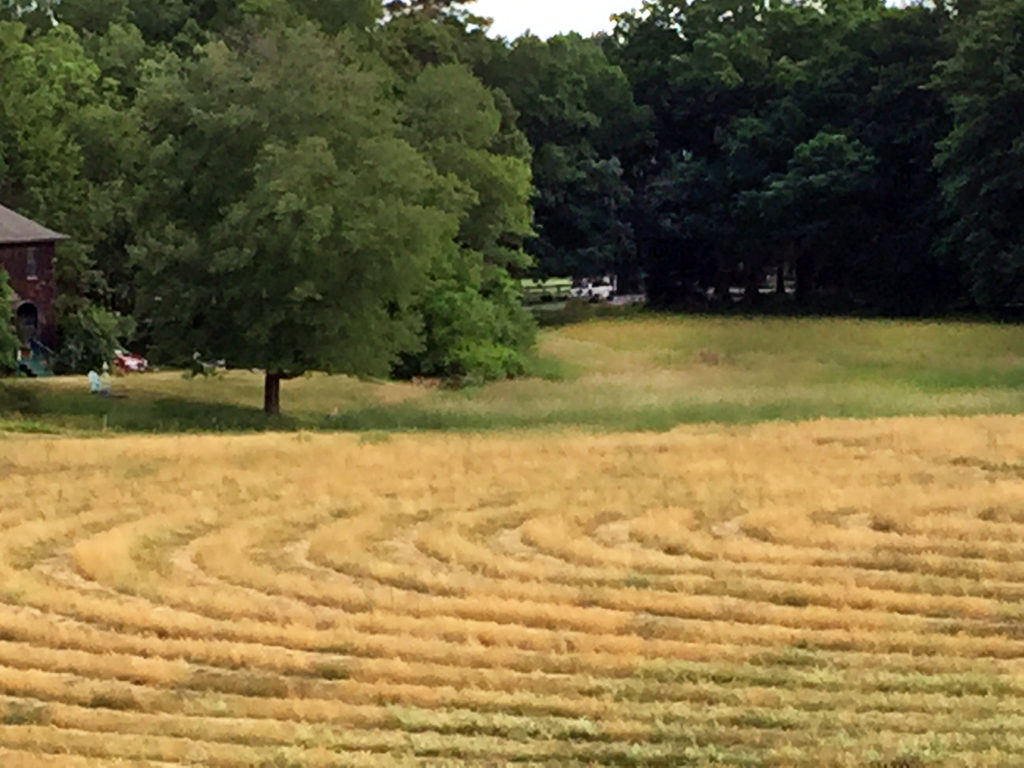
Just for fun, Sarah Canon Holden and her five-year-old grandson cut her field at the corner of Weston and Silver Hill Roads in concentric circles, leaving uncut rows in between. Sometime in the next few days, she’ll finish the cutting, but in the meanwhile residents are welcome to walk on the path at the side of the field.
Readers may submit photos for consideration for Lincoln Through the Lens by emailing them to lincolnsquirrelnews@gmail.com. If your photo is published, you’ll receive credit in the Squirrel. Photos must be taken in Lincoln and include the date, location, and names of any people who are identifiable in the photo. Previously published photos can be viewed on the Lincoln Through the Lens page of the Lincoln Squirrel.



